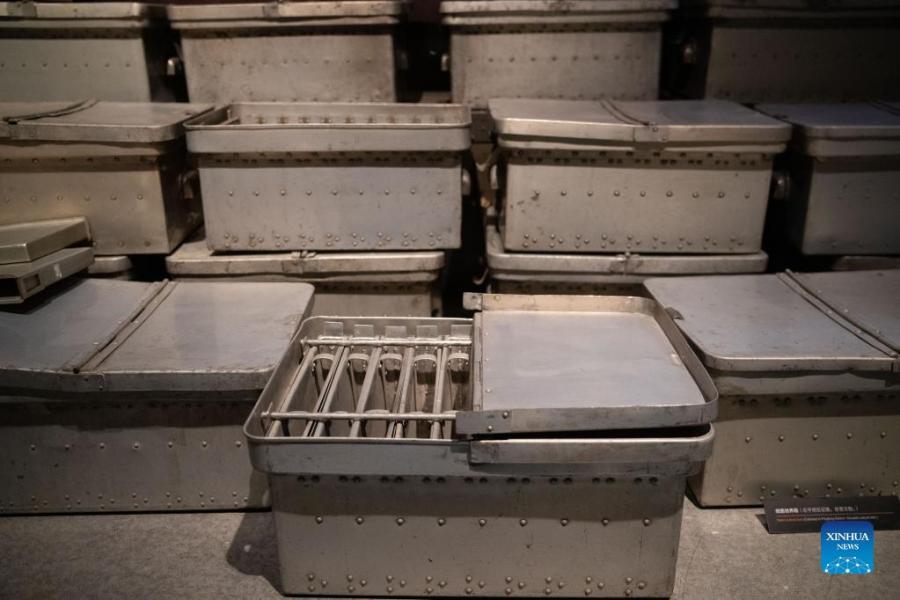
This photo taken on Dec. 10, 2022 shows the bacteriological incubators on display at the Museum of Evidence of War Crimes by the Japanese Army Unit 731 in Harbin, capital of northeast China's Heilongjiang Province. More than 20,000 pieces of artifacts and documents are on exhibit for the first time in a museum in northeast China's Heilongjiang Province, testifying crimes against humanity by the notorious Japanese germ warfare army known as Unit 731 during the World War II. Following a preparation since September, the Museum of Evidence of War Crimes by the Japanese Army Unit 731 in Harbin, the provincial capital of Heilongjiang, put on the exhibition earlier this month. (Xinhua/Zhang Tao)
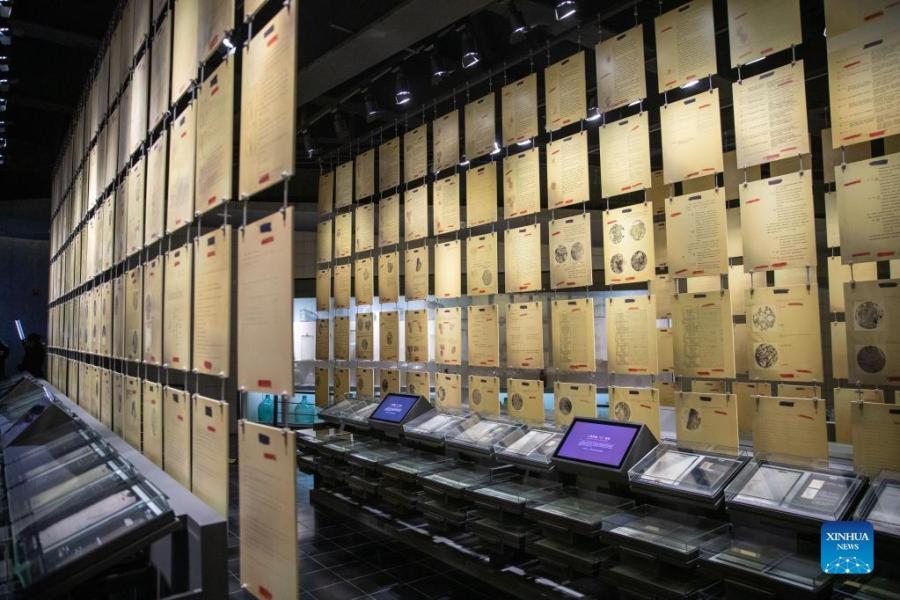
This photo taken on Dec. 10, 2022 shows the artifacts and documents on exhibit at the Museum of Evidence of War Crimes by the Japanese Army Unit 731 in Harbin, capital of northeast China's Heilongjiang Province. More than 20,000 pieces of artifacts and documents are on exhibit for the first time in a museum in northeast China's Heilongjiang Province, testifying crimes against humanity by the notorious Japanese germ warfare army known as Unit 731 during the World War II. Following a preparation since September, the Museum of Evidence of War Crimes by the Japanese Army Unit 731 in Harbin, the provincial capital of Heilongjiang, put on the exhibition earlier this month. (Xinhua/Zhang Tao)
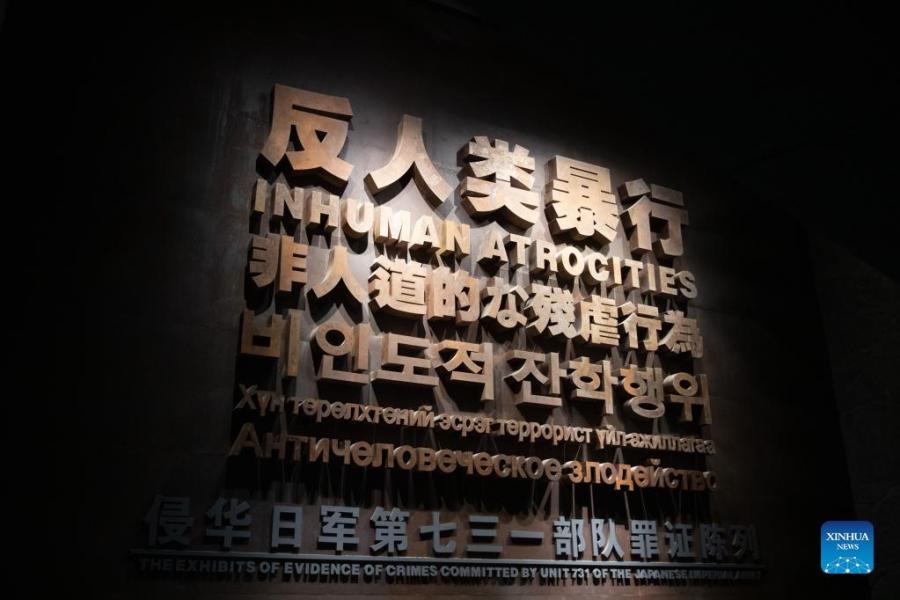
This photo taken on Dec. 10, 2022 shows the wall of inhuman atrocities written in six languages at the Museum of Evidence of War Crimes by the Japanese Army Unit 731 in Harbin, capital of northeast China's Heilongjiang Province. More than 20,000 pieces of artifacts and documents are on exhibit for the first time in a museum in northeast China's Heilongjiang Province, testifying crimes against humanity by the notorious Japanese germ warfare army known as Unit 731 during the World War II. Following a preparation since September, the Museum of Evidence of War Crimes by the Japanese Army Unit 731 in Harbin, the provincial capital of Heilongjiang, put on the exhibition earlier this month. (Xinhua/Zhang Tao)
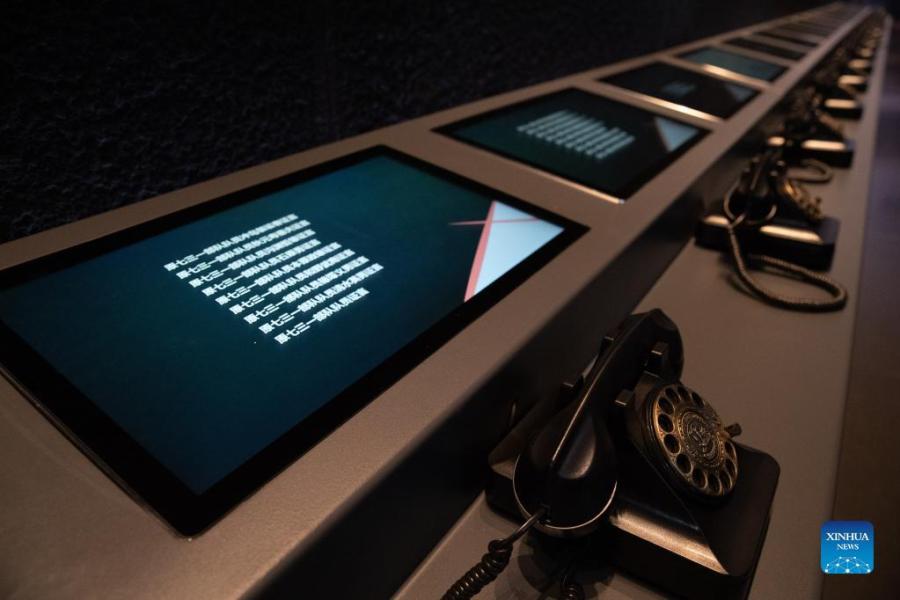
This photo taken on Dec. 10, 2022 shows the multimedia exhibits through which visitors can pick up the phones and hear the testimonies given by the Japanese Army Unit 731 at the Museum of Evidence of War Crimes by the Japanese Army Unit 731 in Harbin, capital of northeast China's Heilongjiang Province. More than 20,000 pieces of artifacts and documents are on exhibit for the first time in a museum in northeast China's Heilongjiang Province, testifying crimes against humanity by the notorious Japanese germ warfare army known as Unit 731 during the World War II. Following a preparation since September, the Museum of Evidence of War Crimes by the Japanese Army Unit 731 in Harbin, the provincial capital of Heilongjiang, put on the exhibition earlier this month. (Xinhua/Zhang Tao)
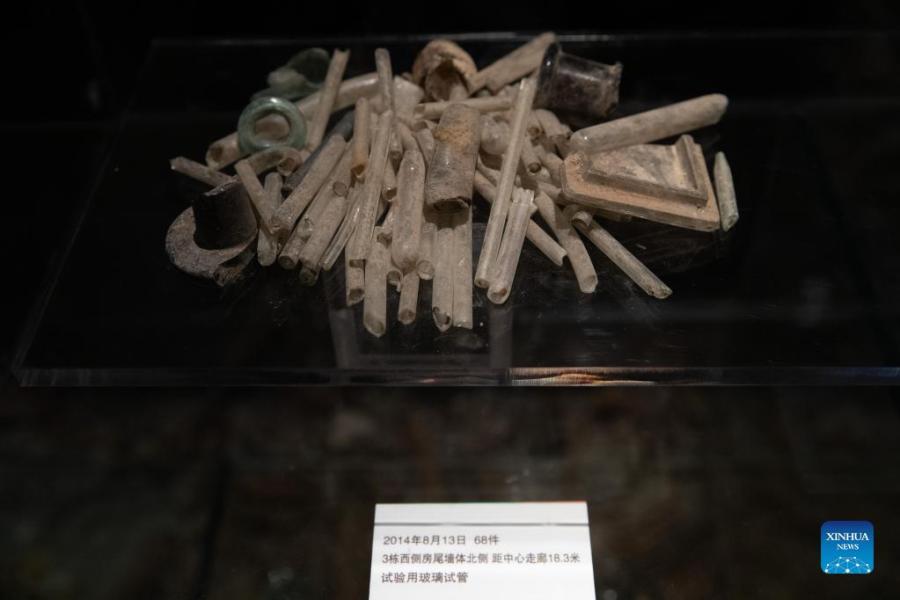
This photo taken on Dec. 10, 2022 shows the newly-exhibited glassware on exhibit at the Museum of Evidence of War Crimes by the Japanese Army Unit 731 in Harbin, capital of northeast China's Heilongjiang Province. More than 20,000 pieces of artifacts and documents are on exhibit for the first time in a museum in northeast China's Heilongjiang Province, testifying crimes against humanity by the notorious Japanese germ warfare army known as Unit 731 during the World War II. Following a preparation since September, the Museum of Evidence of War Crimes by the Japanese Army Unit 731 in Ha
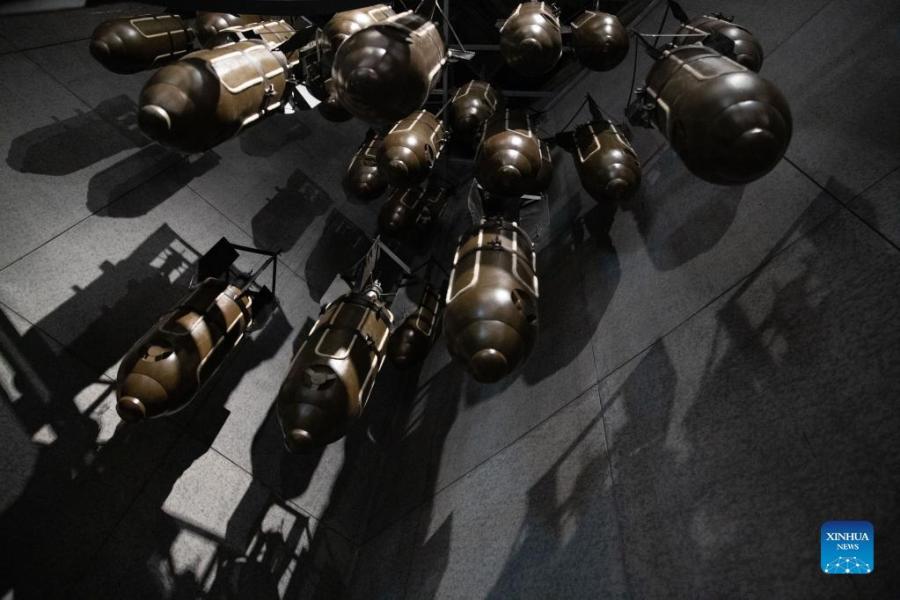
This photo taken on Dec. 10, 2022 shows the replicates of clay-made germ bombs on display at the Museum of Evidence of War Crimes by the Japanese Army Unit 731 in Harbin, capital of northeast China's Heilongjiang Province. More than 20,000 pieces of artifacts and documents are on exhibit for the first time in a museum in northeast China's Heilongjiang Province, testifying crimes against humanity by the notorious Japanese germ warfare army known as Unit 731 during the World War II. Following a preparation since September, the Museum of Evidence of War Crimes by the Japanese Army Unit 731 in Harbin, the provincial capital of Heilongjiang, put on the exhibition earlier this month. (Xinhua/Zhang Tao)
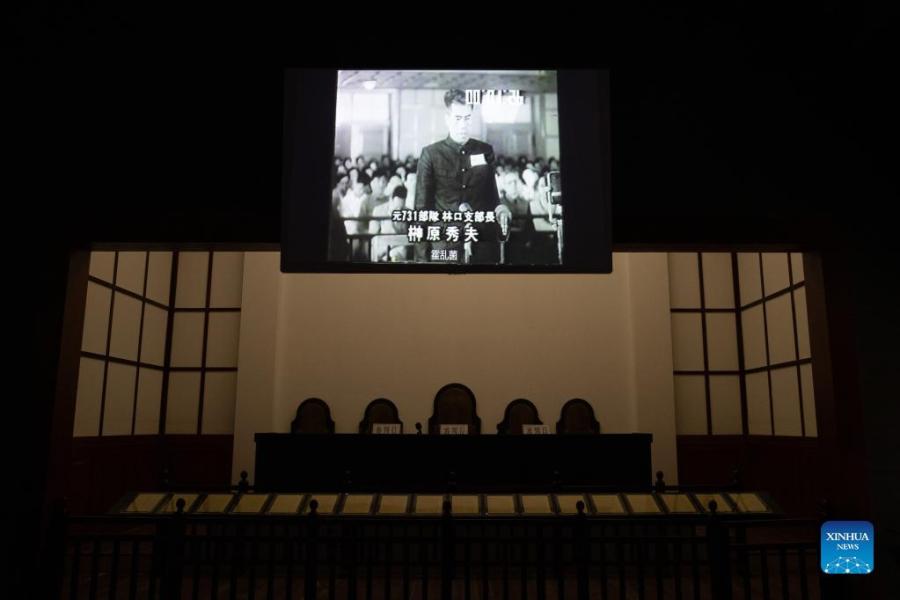
This photo taken on Dec. 10, 2022 shows video footage displayed at the Museum of Evidence of War Crimes by the Japanese Army Unit 731 in Harbin, capital of northeast China's Heilongjiang Province. More than 20,000 pieces of artifacts and documents are on exhibit for the first time in a museum in northeast China's Heilongjiang Province, testifying crimes against humanity by the notorious Japanese germ warfare army known as Unit 731 during the World War II. Following a preparation since September, the Museum of Evidence of War Crimes by the Japanese Army Unit 731 in Harbin, the provincial capital of Heilongjiang, put on the exhibition earlier this month. (Xinhua/Zhang Tao)
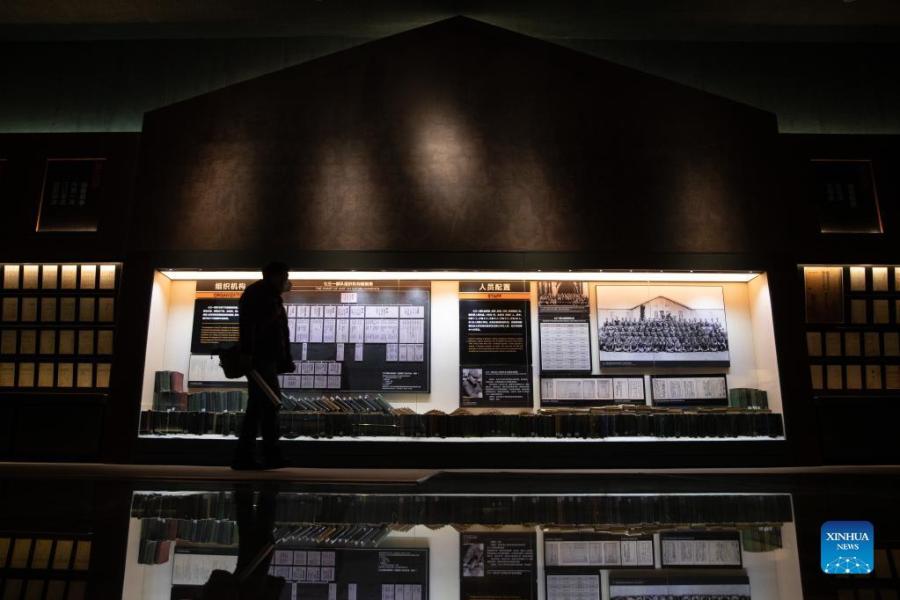
This photo taken on Dec. 10, 2022 shows an exhibition hall at the Museum of Evidence of War Crimes by the Japanese Army Unit 731 in Harbin, capital of northeast China's Heilongjiang Province. More than 20,000 pieces of artifacts and documents are on exhibit for the first time in a museum in northeast China's Heilongjiang Province, testifying crimes against humanity by the notorious Japanese germ warfare army known as Unit 731 during the World War II. Following a preparation since September, the Museum of Evidence of War Crimes by the Japanese Army Unit 731 in Harbin, the provincial capital of Heilongjiang, put on the exhibition earlier this month. (Xinhua/Zhang Tao)
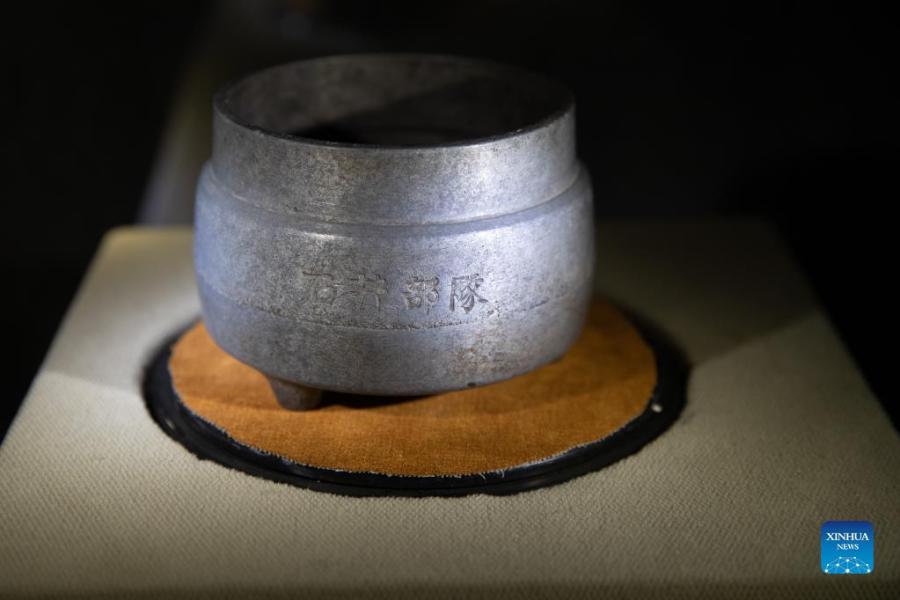
This photo taken on Dec. 10, 2022 shows a censer on exhibit at the Museum of Evidence of War Crimes by the Japanese Army Unit 731 in Harbin, capital of northeast China's Heilongjiang Province. More than 20,000 pieces of artifacts and documents are on exhibit for the first time in a museum in northeast China's Heilongjiang Province, testifying crimes against humanity by the notorious Japanese germ warfare army known as Unit 731 during the World War II. Following a preparation since September, the Museum of Evidence of War Crimes by the Japanese Army Unit 731 in Harbin, the provincial capital of Heilongjiang, put on the exhibition earlier this month. (Xinhua/Zhang Tao)
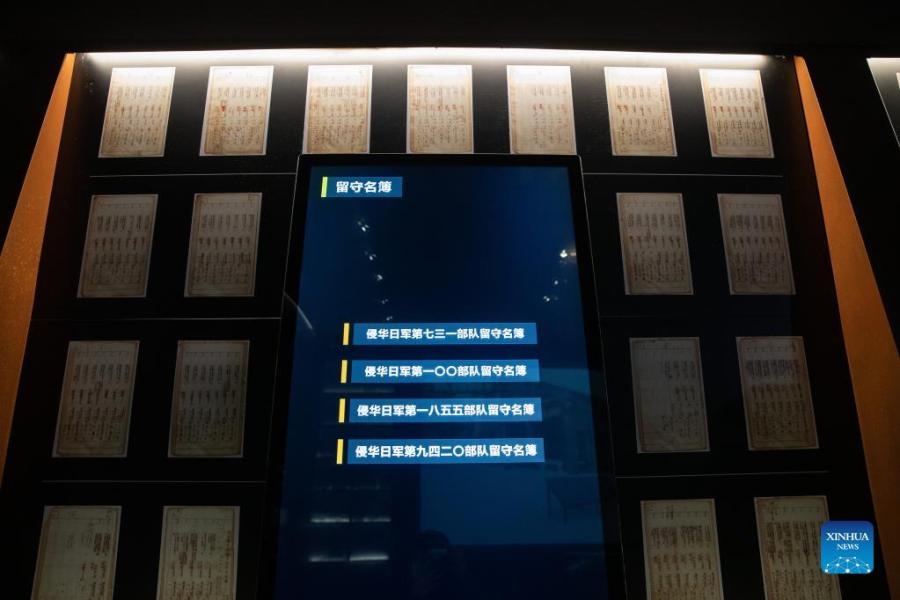
This photo taken on Dec. 10, 2022 shows rosters of Japanese Army units on exhibit at the Museum of Evidence of War Crimes by the Japanese Army Unit 731 in Harbin, capital of northeast China's Heilongjiang Province. More than 20,000 pieces of artifacts and documents are on exhibit for the first time in a museum in northeast China's Heilongjiang Province, testifying crimes against humanity by the notorious Japanese germ warfare army known as Unit 731 during the World War II. Following a preparation since September, the Museum of Evidence of War Crimes by the Japanese Army Unit 731 in Harbin, the provincial capital of Heilongjiang, put on the exhibition earlier this month. (Xinhua/Zhang Tao)
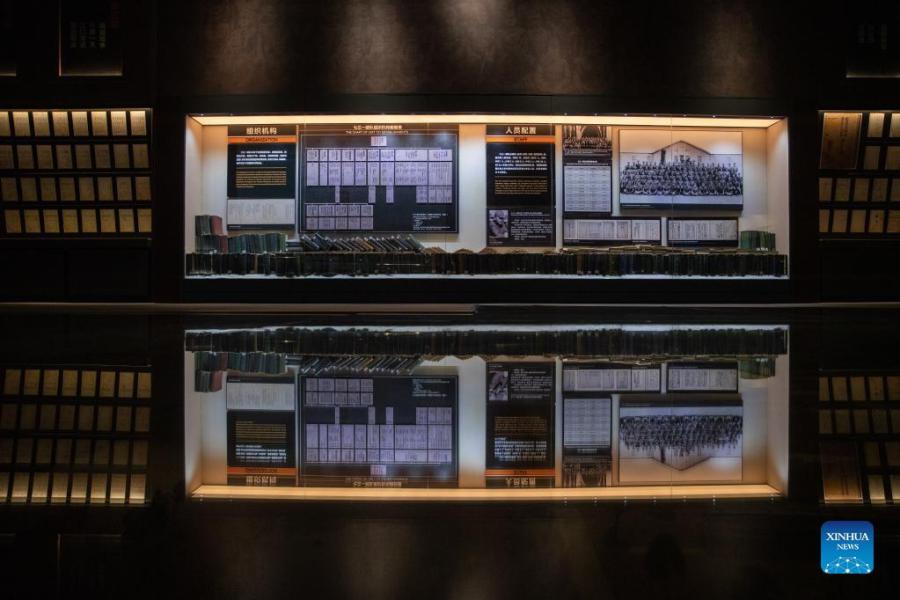
This photo taken on Dec. 10, 2022 shows an exhibition hall at the Museum of Evidence of War Crimes by the Japanese Army Unit 731 in Harbin, capital of northeast China's Heilongjiang Province. More than 20,000 pieces of artifacts and documents are on exhibit for the first time in a museum in northeast China's Heilongjiang Province, testifying crimes against humanity by the notorious Japanese germ warfare army known as Unit 731 during the World War II. Following a preparation since September, the Museum of Evidence of War Crimes by the Japanese Army Unit 731 in Harbin, the provincial capital of Heilongjiang, put on the exhibition earlier this month. (Xinhua/Zhang Tao)
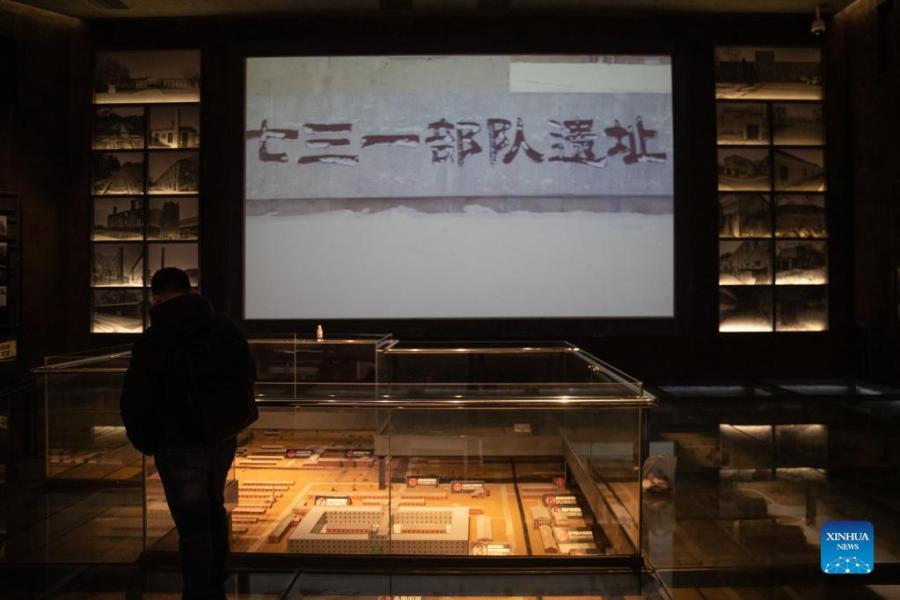
This photo taken on Dec. 10, 2022 shows an exhibition hall at the Museum of Evidence of War Crimes by the Japanese Army Unit 731 in Harbin, capital of northeast China's Heilongjiang Province. More than 20,000 pieces of artifacts and documents are on exhibit for the first time in a museum in northeast China's Heilongjiang Province, testifying crimes against humanity by the notorious Japanese germ warfare army known as Unit 731 during the World War II. Following a preparation since September, the Museum of Evidence of War Crimes by the Japanese Army Unit 731 in Harbin, the provincial capital of Heilongjiang, put on the exhibition earlier this month. (Xinhua/Zhang Tao)
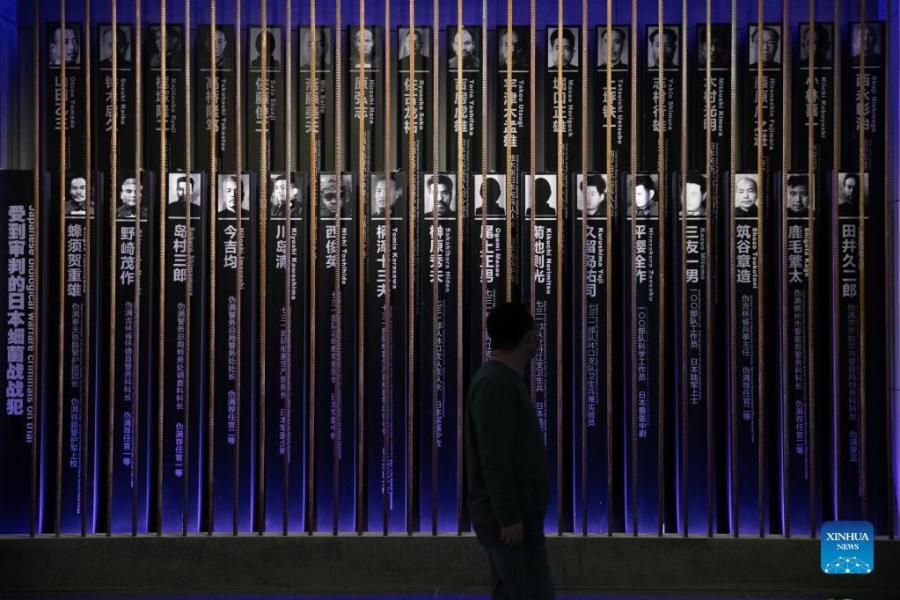
A staff member works at an exhibition hall at the Museum of Evidence of War Crimes by the Japanese Army Unit 731 in Harbin, capital of northeast China's Heilongjiang Province, Dec. 10, 2022. More than 20,000 pieces of artifacts and documents are on exhibit for the first time in a museum in northeast China's Heilongjiang Province, testifying crimes against humanity by the notorious Japanese germ warfare army known as Unit 731 during the World War II. Following a preparation since September, the Museum of Evidence of War Crimes by the Japanese Army Unit 731 in Harbin, the provincial capital of Heilongjiang, put on the exhibition earlier this month. (Xinhua/Zhang Tao)
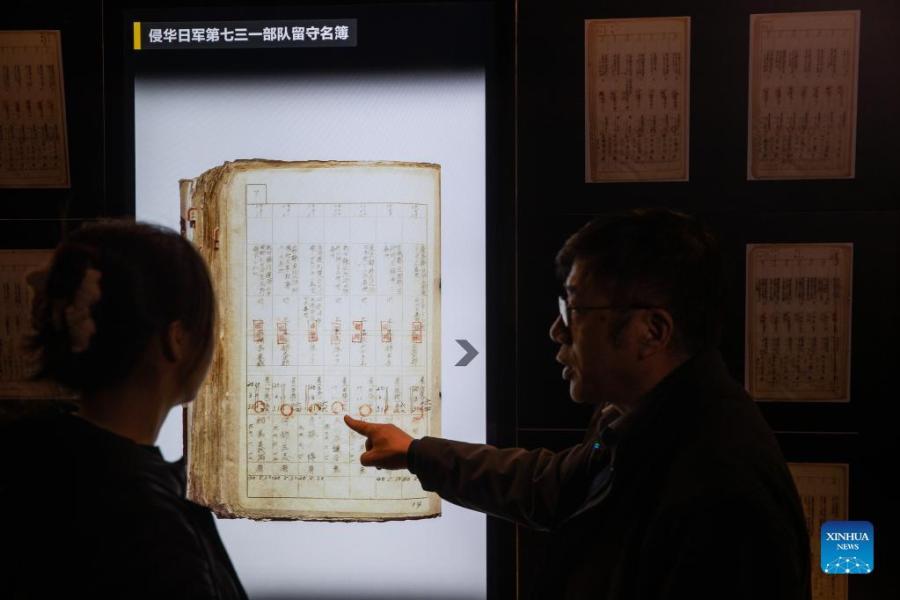
This photo taken on Dec. 10, 2022 shows a newly-exhibited roster of Unit 731 affiliated with the Japanese Kwantung Army at the Museum of Evidence of War Crimes by the Japanese Army Unit 731 in Harbin, capital of northeast China's Heilongjiang Province. More than 20,000 pieces of artifacts and documents are on exhibit for the first time in a museum in northeast China's Heilongjiang Province, testifying crimes against humanity by the notorious Japanese germ warfare army known as Unit 731 during the World War II. Following a preparation since September, the Museum of Evidence of War Crimes by the Japanese Army Unit 731 in Harbin, the provincial capital of Heilongjiang, put on the exhibition earlier this month. (Xinhua/Zhang Tao)
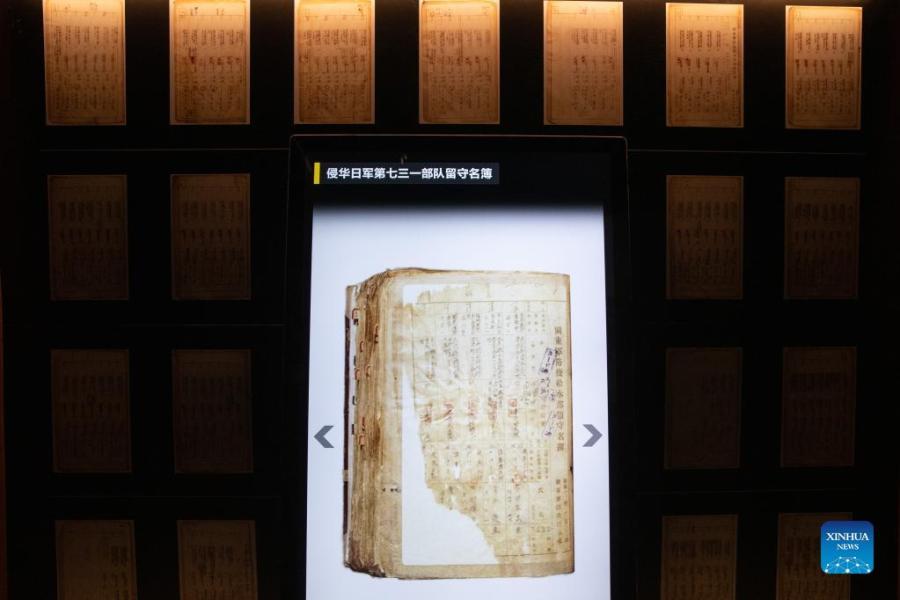
This photo taken on Dec. 10, 2022 shows a newly-exhibited roster of Unit 731 affiliated with the Japanese Kwantung Army at the Museum of Evidence of War Crimes by the Japanese Army Unit 731 in Harbin, capital of northeast China's Heilongjiang Province. More than 20,000 pieces of artifacts and documents are on exhibit for the first time in a museum in northeast China's Heilongjiang Province, testifying crimes against humanity by the notorious Japanese germ warfare army known as Unit 731 during the World War II. Following a preparation since September, the Museum of Evidence of War Crimes by the Japanese Army Unit 731 in Harbin, the provincial capital of Heilongjiang, put on the exhibition earlier this month. (Xinhua/Zhang Tao)

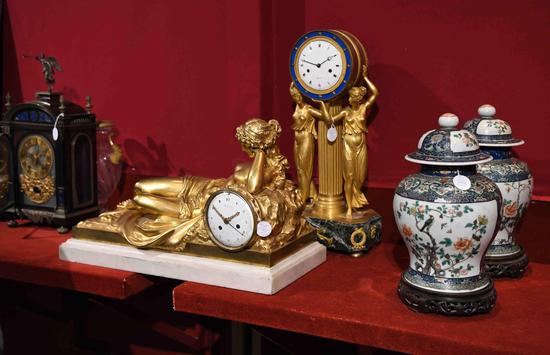

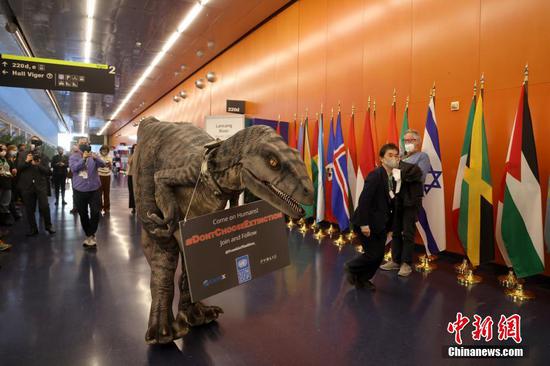
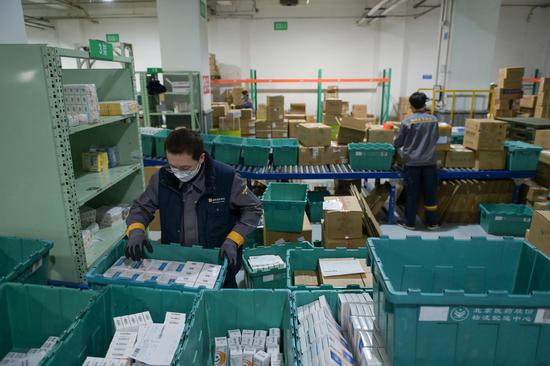
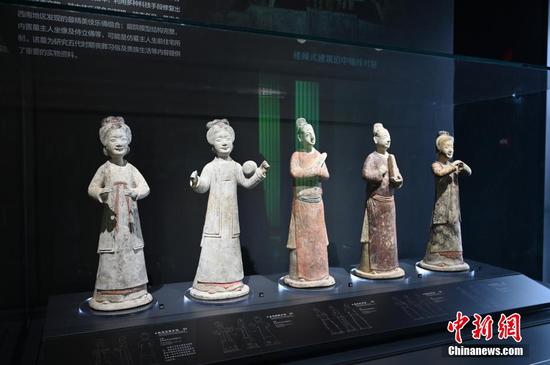






 京公網安備 11010202009201號] [京ICP備05004340號-1]
京公網安備 11010202009201號] [京ICP備05004340號-1]